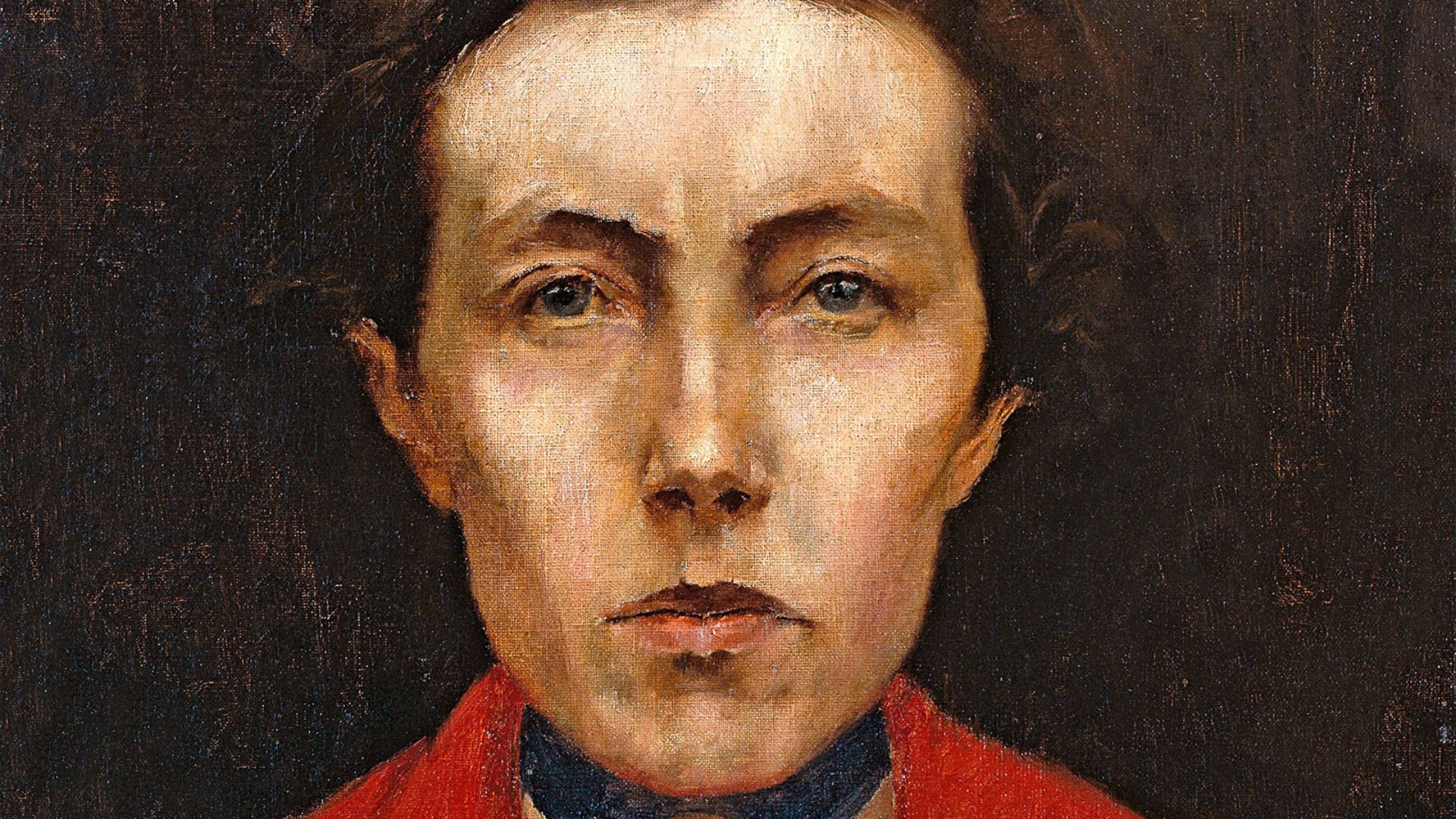“Aurélia de Souza, the artist and the collection of the Soares dos Reis National Museum” is the theme of the conference to be held on 23 July at 10.30pm at the Quinta das Lágrimas Hotel in Coimbra.
The conference will be given by António Ponte, Director of the Soares dos Reis National Museum, and Maria João Lello Ortigão de Oliveira, Curator of the exhibition “Life and Secret: Aurélia de Souza”.
This dialogue aims to (re)discover the painter Aurélia de Souza on the occasion of the centenary of her death (1866 – 1922), whose visibility has been reduced in inverse proportion to her importance in the context of Portuguese art from the late 19th and early 20th centuries.
Admission is free, but limited to capacity.
The exhibition “Vida e Segredo” (Life and Secret), an evocation of the 1st centenary of the death of the Portuguese painter Aurélia de Souza (1866-1922), made up of 92 works, was open to the public in 2022 at the Soares dos Reis National Museum in Porto.
The conference takes place as part of the QuebraJazz Arts Festival, this year under the theme “Mornings of the Centuries”, with various classical and jazz concerts, as well as a vast complementary programme ranging from gastronomy, lecture series and educational services (guided tours, theatre for children, music for babies and deaf children).
About Aurélia de Souza
Aurélia de Souza (1866-1922) was one of the most striking figures in Portuguese art at the turn of the 19th to the 20th century. Her work takes on some of the great themes of European painting of the time, with a particular emphasis on the continued practice of self-portraiture and self-representation, which extends to the construction of pictorial narratives involving the family home and its people. Another original aspect of Aurélia’s work is the practice of photography as a component, with a notable degree of autonomy, of her painting.
Aurélia was a brilliant student at the Academy of Fine Arts in Porto and completed her training with a stay in Paris where she attended the Académie Julian (accompanied by her sister, also a painter, Sofia de Souza). ended the Académie Julian (accompanied by her sister, also a painter, Sofia de Souza). Well-connected to the artistic and cultural milieu of Porto, she also took part in exhibitions in Lisbon, with the determined attitude of asserting herself as a professional painter in a predominantly male milieu in which women artists were not supposed to aspire to anything more than the benevolent status of amateurs.

